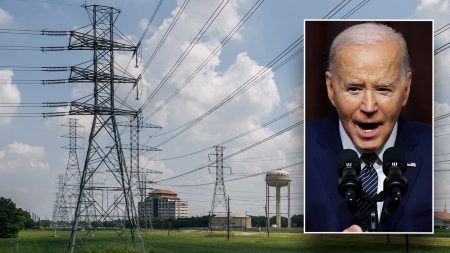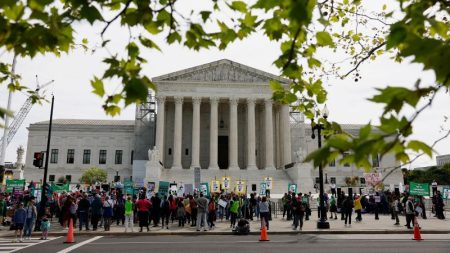Former Atlanta Chief Financial Officer Jim Beard pleaded guilty to stealing money from the city for personal expenses and trying to cheat the federal government on his income taxes. He admitted to using city funds for personal travel and buying two illegal machine guns for himself. Beard served as CFO under Mayor Kasim Reed from 2011 to 2018 and is the 10th person to be convicted in an anti-corruption probe into Reed’s administration. Most others were convicted on charges of giving or taking bribes for city contracts.
Federal prosecutors stated that Beard stole tens of thousands of dollars from the city, although the plea agreement outlined about $5,500 in thefts. Beard admitted to using city money to pay for his stepdaughter’s hotel stay, buying illegal machine guns for himself, and deducting personal expenses from his income taxes as business expenses. He also double-dipped on travel expenses by charging the city and then getting reimbursed by an agency for the same expenses. Beard falsely claimed losses from his consulting business on his 2013 income tax return, ultimately getting to deduct business travel expenses he never incurred.
Beard is set to be sentenced on July 12 and could face up to 13 years in prison, although he is likely to receive a lesser sentence under federal guidelines. He has agreed to give up his claim to the illegal guns and repay various entities, including the city of Atlanta. Reed himself has never been charged in relation to any corruption within his administration. Beard’s guilty plea is the latest in a string of convictions stemming from the investigation into corruption within Reed’s administration, with most others being convicted for bribery related to city contracts.
Beard’s plea agreement outlines various instances of misusing city funds for personal expenses, including travel and the purchase of illegal machine guns. He also admitted to fraudulently claiming business expenses on his income tax returns. Beard has agreed to repay the stolen funds and give up his claim to the illegal guns. This case is part of a wider anti-corruption probe into former Mayor Kasim Reed’s administration, with Beard being the 10th person convicted in relation to corruption within the city government under Reed’s leadership.
Despite his guilty plea, former Atlanta CFO Jim Beard denies that former Mayor Kasim Reed had any knowledge or involvement in his criminal activities. The investigation into corruption within Reed’s administration continues, with most convictions being related to bribery for city contracts. Beard has agreed to cooperate with authorities and has taken responsibility for his actions, admitting to stealing tens of thousands of dollars from the city and attempting to defraud the federal government. He is set to be sentenced on July 12 and faces the possibility of up to 13 years in prison.
















